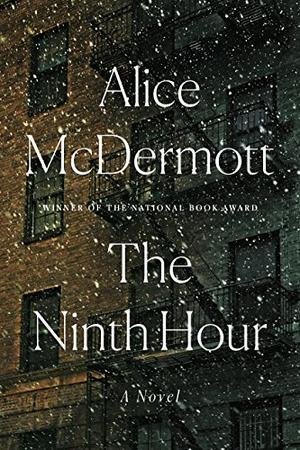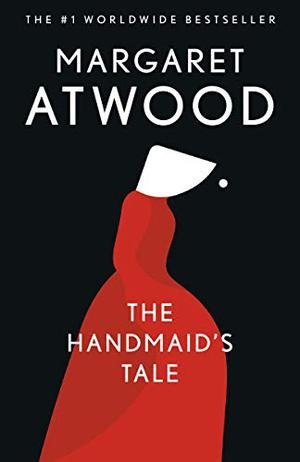Long-time followers of this blog will have read several reviews of the fiction of Elizabeth Strout over the past eight years. In this post, I offer an overview of all of her books, focusing on the two main strands: books about the character Olive Kitteridge and books about the character Lucy Barton. I include a new review of Strout’s 2024 novel, Tell Me Everything, in which these two strands are braided together.
In my opinion, you can read anything by Elizabeth Strout and you won’t be disappointed. But for maximum enjoyment of the character development, read in the order of publication.
THE OLIVE KITTERIDGE BOOKS
Olive Kitteridge (2008) In a Pulitzer-winning collection of linked short stories, Strout introduced an indomitable retired schoolteacher from the fictional rural town of Crosby, Maine. This book was turned into a four-part HBO miniseries in 2014.
Olive, Again (2019) The sequel to Olive Kitteridge comes in the form of thirteen more stories that unpeel life in small-town New England. The cranky, candid Olive, who weaves in and out of the tales, is sometimes intolerant but often kind. When her kindness is awkwardly expressed and causes offense, she’s surprised, and she tries to rectify her behavior. The other characters in Olive, Again are townspeople whom Olive interacts with in some way. Their lives are intertwined with each other and with the inevitable sadnesses and transgressions and occasional triumphs of living on this Earth. The surroundings of the town can reflect the despair of the inhabitants, yet it’s not all bleakness. Strout's characters can also connect with the natural world in a way that lifts their spirits, if only briefly.
Three other novels by Strout have characters connected to Olive Kitteridge or rural Maine: Amy and Isabelle (1998), Abide with Me (2006), and The Burgess Boys (2013).
THE LUCY BARTON BOOKS
My Name is Lucy Barton (2016) The titular Lucy is a writer in New York City in the 1980s, with a husband and two young daughters. When Lucy is hospitalized for many weeks with a mysterious illness, her estranged mother travels from Illinois to her bedside. The two women reach an uneasy peace with each other, especially as they tell stories about the folks back home, in the (fictional) Amgash, the depressed rural town where Lucy grew up in extreme poverty.
Anything Is Possible (2017) In these linked short stories, the character Lucy Barton has become an acclaimed writer. Chicago is one of the stops on Lucy’s book-promotion tour, so she visits her home town of Amgash, Illinois, to see her siblings. We get much more detail about the childhood suffering of the Barton kids—details that were glossed over and somewhat sanitized in My Name is Lucy Barton. Strout toys with the vagaries of memory in both books, and the power of money emerges as another theme. Lucy has lived the up-by-her-bootstraps version of the American dream—getting into college and building a successful career. Others in her small town remain impoverished, with their share of miseries, including sexual abuse and mental illness. The prose is this book is spare, with every word well chosen. The emotions are raw but presented with subtle empathy.
Oh William! (2021) is another book in the Lucy Barton series, about Lucy’s first husband, whom she reconnects with after the death of her second husband.
Lucy by the Sea (2022) In this novel, it’s now early March 2020, and Lucy’s ex-husband, William, insists that they leave New York City for a rental house on the coast of Maine. (He’s a scientist who recognizes how dangerous the coronavirus is.) This town in Maine happens to be Crosby, where the character Olive Kitteridge, from Strout’s other books, lives. In first-person narrative, Lucy details the interactions she has with some of the residents of Crosby during 2020 and early 2021. Strout excels in examining the complexities of the human condition, and Lucy by the Sea is the first discussion of the pandemic I’ve read that truly captures the sense of desperation and loneliness that the pandemic wrought.
OLIVE FINALLY MEETS LUCY!
Tell Me Everything (2024) We’re back in Crosby, Maine, in 2022-2023, and Strout’s two strong female characters, Olive Kitteridge and Lucy Barton, come face to face at last. Olive, now in an assisted living facility, regales Lucy with odd tales from her long life. Meanwhile, attorney Bob Burgess (from Strout’s 2013 novel The Burgess Boys) agrees to represent a local man who is suspected of murdering his mother. This murder mystery threads through the book and involves even more characters from Strout’s previous fiction. Some national reviewers of Tell Me Everything have complained that it’s rambling and unfocused. I disagree. I took it as a genre-cross between a novel and a collection of short stories and found it so riveting that I read it in one long afternoon. The clear theme is enunciated on page 292: “’What is the point of anyone’s life?’” Strout challenges her readers to think hard on this question.










































